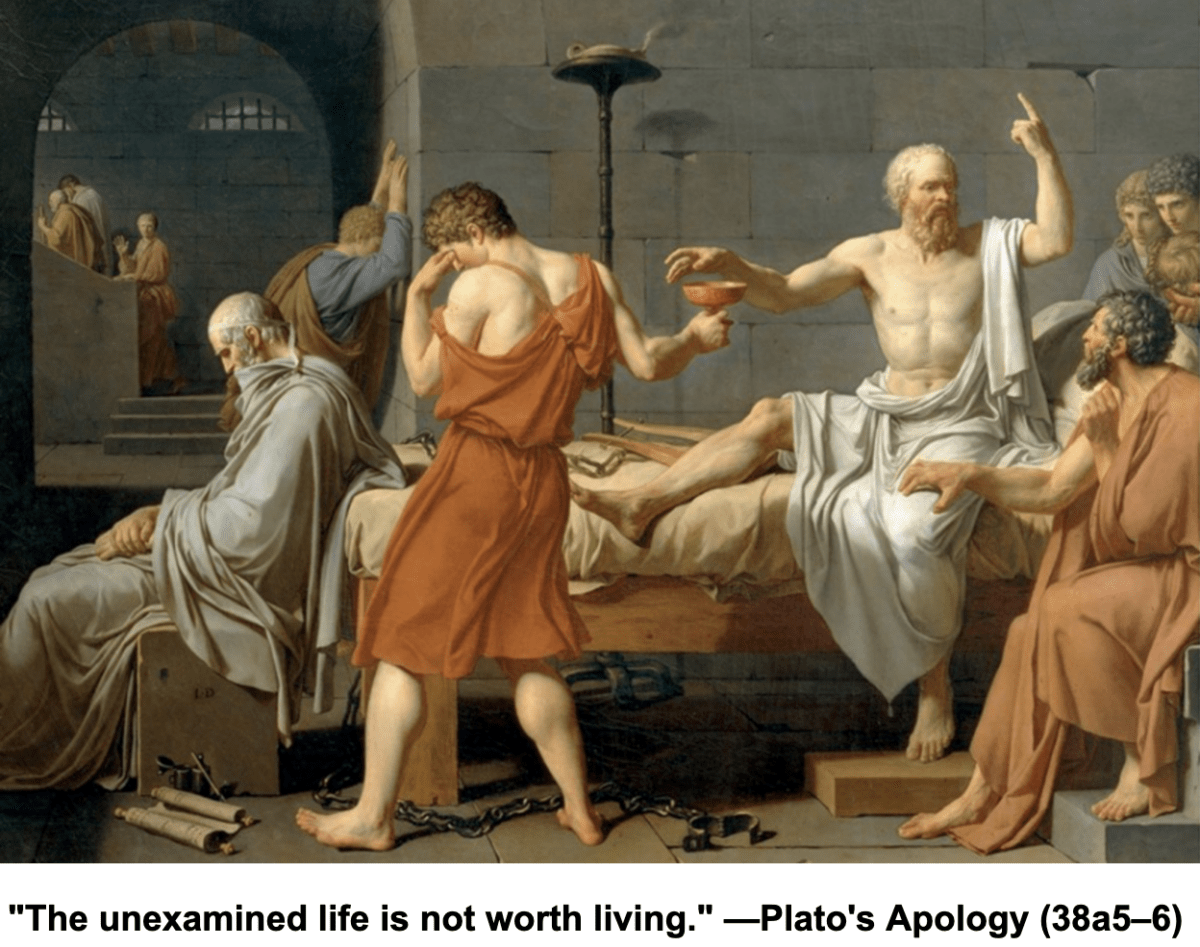In 1783, Benjamin Franklin wrote an essay called, “Remarks Concerning the Savages of North-America,”[1] in which he chronicles an exchange of views about religion between a Swedish minister and the chiefs of the Susquehanna Indians. The man of the cloth began the conversation by reciting the biblical creation story and the expulsion of Adam and Eve from the Garden. When he was done, a spokesman for the tribes stood and thanked him, and then proceeded to share his tribe’s origin story.
“In the Beginning our Fathers had only Flesh of Animals to subsist on,” he said, but relying on a single source for food was precarious for the tribe. One day, two young hunters, having slain a deer, were roasting the meat over an open fire in the woods. Just as they were about to begin their repast, a beautiful woman descended from the clouds and sat upon a nearby hill. This spirit, the warriors concluded, must have smelled the venison, so they offered her some.
Continue reading “God’s First Temple”

